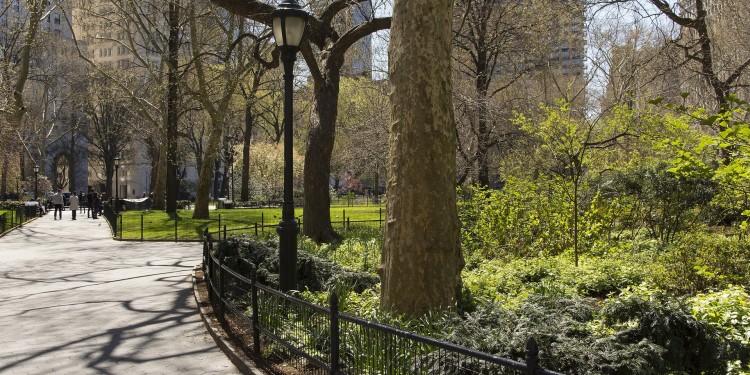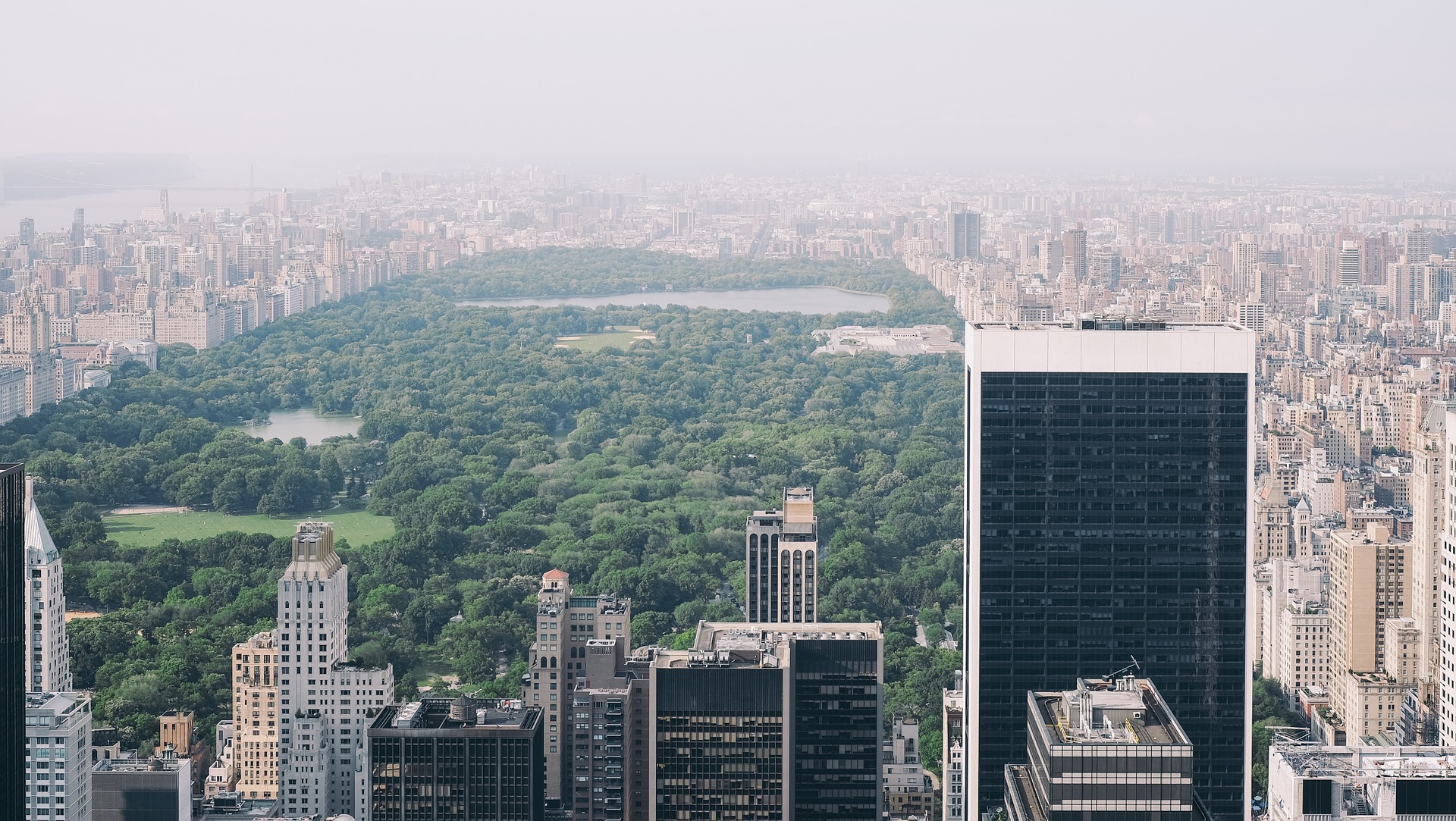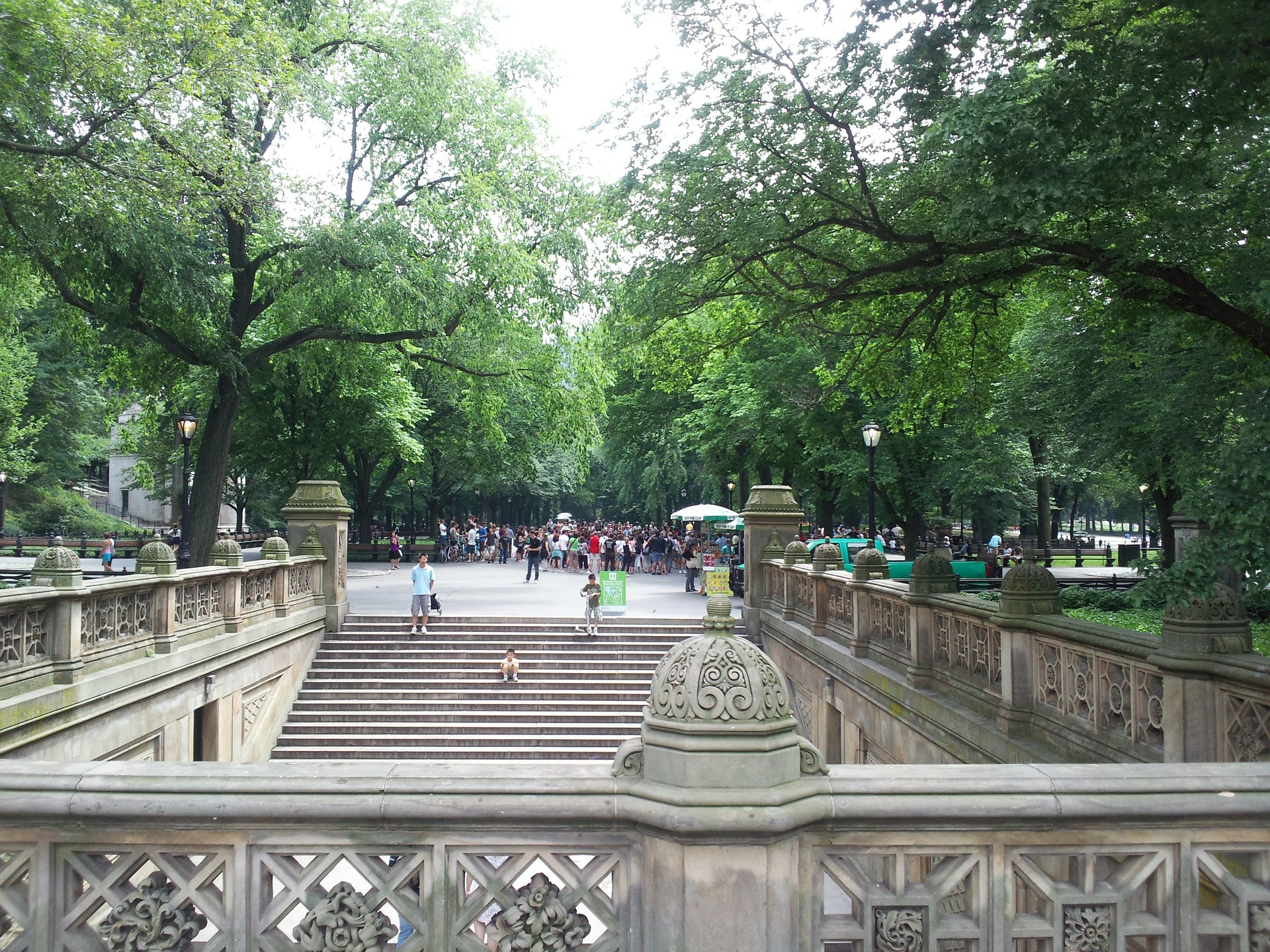
While it’s widely known that New York City is full of the unexpected, it may surprise most that it is one of the top ranking cities for urban forestry within the United States. After all, Manhattan conjures up images of a jungle of skyscrapers, not a forest of green tree tops. However, American Forests named NYC one of the top 10 best cities for urban forests, along with other cities including Charlotte, Milwaukee, Denver, and Austin. As unlikely as it might seem, NYC has a lot of good reasons to be considered on this list among the greenest of cities.
Forest Area Within the City
Most people don’t think of forests when thinking of NYC, so which areas of the city qualify as a forest? The truth is, the entire city is considered one large forest! Underneath the shadow of Manhattan’s towering buildings, NYC contains over 5 million trees of 168 various species. Street trees alone contribute to one-quarter of the city’s canopy, along with trees located in various parks throughout the different boroughs. One interactive map allows you to see all of the trees around the city as categorized by species type.

NYC as a whole is considered one large forest, with Central Park’s greenery taking center stage.
Common Tree Species
In NYC, the species of trees most common to the area is the London Planetree, which makes up 15.3% of the tree population in the city. This variety is widely used in urban areas because of its resilience to pollution and the wonderful shade it affords. Other common species include:
- Norway maple
- Callery pear
- Honey locust
- Pin oak
- Little leaf linden
- Green ash
- Red maple
- Silver maple
- Gingko
The city has an on-going tree consensus for counting the number of tree species each year, as the forest’s composition is constantly changing.
Preserving Forest Space
No urban forest can thrive with the threat of construction development. While trees are important to combating the emissions of NYC’s increasing population, approximately 9,000 acres were lost between 1984 and 2002 due to the city’s urban development and expansion. The constant threat to its green spaces means the city must make a special effort to protect its forests. The city’s current initiatives include generating awareness among residents about the importance of their trees, engaging constituents in urban projects, and using non-profit programs to bring in and survey thousands of trees. These efforts will help preserve critical forest space for future generations of New Yorkers.

Preserving urban forests is important to the health of a city.
Forest Roles Within the City
Protecting NYC’s urban forest is about more than just promoting aesthetics; urban greenery contributes to the health of residents and surprisingly, to the city’s economy. In a congested area like New York, carbon dioxide emissions can be a huge problem. Trees have the unique ability to naturally remove carbon dioxide from the air, replacing it with fresh oxygen, through the process of photosynthesis. Trees also play a crucial role in controlling flood and storm water within the city. They also contribute to energy savings by providing shade to neighboring homes and buildings, which means residents and businesses pay less for electric bills.
New York City is a prime example of how urban forestry can thrive, even in a major metropolitan area. Hopefully, the city’s efforts to preserve and protect its trees will mean clean air for future generations of New Yorkers. Thanks to Imperial Moving for partnering with us for today’s post. Imperial Movers offers comprehensive Manhattan moving services that make urban relocation easy and painless. This NYC moving company wants to see the city’s urban forest continue to thrive, because they recognize the importance of trees to the overall well-being of New York residents. They would like to remind you to keep your next move green, by using recycled boxes or reusable plastic containers for packing.
